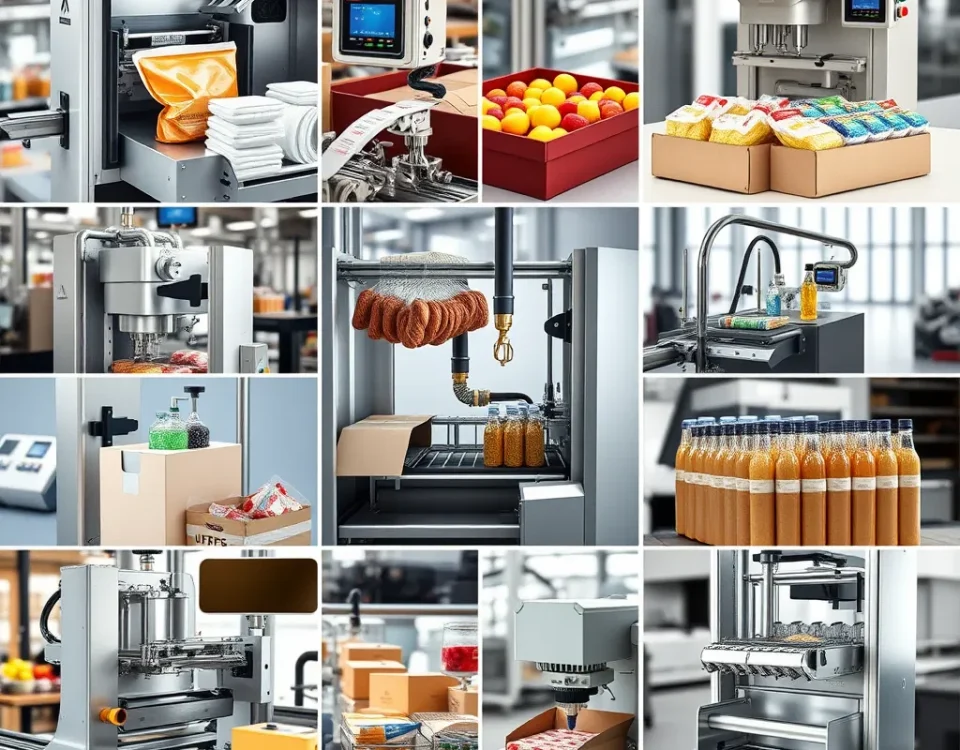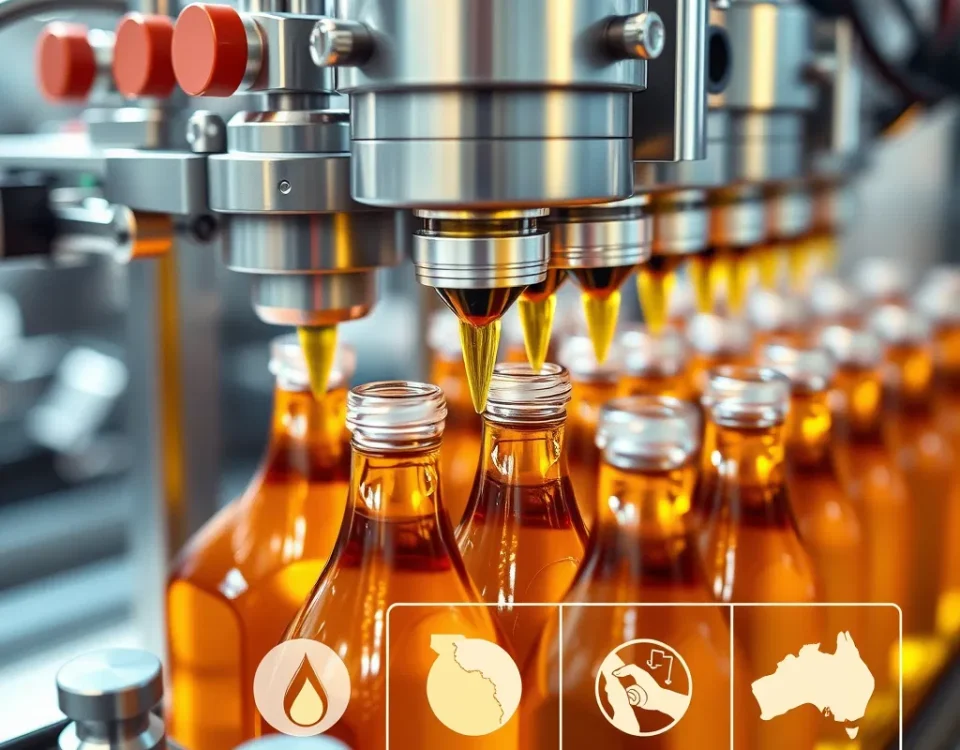
What are the best packaging options for safe and secure shipping?
March 18, 2023
Revolutionizing Packaging Industry: A Comprehensive Review of Advanced Packing
April 1, 2023
Abstract:
Filling machines are essential equipment in industries that require precise and efficient liquid or powder-filling operations. From food and beverage to pharmaceuticals and cosmetics, filling machines come in various types and sizes to suit different production needs. This article provides a comprehensive overview of filling machines, including their functions, types, applications, and advancements. We also delve into the advantages and disadvantages of different filling technologies, the latest trends in filling machines, and factors to consider when choosing a filling machine.
Keywords: filling machines, liquid filling, powder filling, volumetric filling, gravimetric filling, piston filling, peristaltic filling, net weight filling, time-pressure filling, rotary filling, servo-driven filling.
Introduction:
Filling machines are automated equipment used in various industries to dispense liquid or powder products into containers. They play a vital role in ensuring efficient and accurate filling operations, thereby reducing waste, increasing productivity, and improving product quality. Filling machines come in various types and sizes, ranging from small tabletop machines for laboratory and small-scale production to large-scale, high-speed machines for industrial production. The choice of a filling machine depends on several factors, including the type of product, viscosity, filling accuracy, production volume, and budget. This article provides an in-depth overview of filling machines, including their types, applications, and advancements.

Types of Filling Machines:
Volumetric Filling Machines:
Volumetric filling machines operate on the principle of volume measurement to dispense a predetermined amount of product into containers. These machines come in various types, including piston, peristaltic, and rotary fillers.
a. Piston Filling Machines:
Piston-filling machines use a piston and cylinder system to measure and dispense a predetermined volume of product into containers. They are suitable for filling high-viscosity products such as paste, cream, and sauces. Piston-filling machines are available in different configurations, including single-head, multiple heads, and inline systems. They are easy to operate, maintain, and clean, making them ideal for small and medium-scale production.
b. Peristaltic Filling Machines:
Peristaltic filling machines use a rotating pump to squeeze a tube, creating a vacuum that draws in the product and dispenses it into the containers. They are suitable for filling low to medium-viscosity products such as juice, water, and oil. Peristaltic filling machines are easy to clean, maintain, and changeover, making them ideal for applications that require frequent product and container changes.
c. Rotary Filling Machines:
Rotary filling machines use a carousel or rotary platform to move containers through the filling process. They are suitable for the high-speed production of low-viscosity products such as water, soft drinks, and beer. Rotary filling machines are available in various configurations, including gravity filling, pressure filling, and vacuum filling.
Gravimetric Filling Machines:
Gravimetric filling machines operate on the principle of weight measurement to dispense a predetermined weight of product into containers. These machines come in various types, including net weight fillers and time-pressure fillers.
a. Net Weight Filling Machines:
Net weight filling machines use load cells to measure the weight of the container and the product, then adjust the filling volume to achieve the desired weight. They are suitable for filling products with variable densities such as powders, granules, and pellets. Net weight filling machines are highly accurate, reliable, and versatile, making them ideal for a wide range of applications.
b. Time-Pressure Filling Machines:
Time-pressure filling machines use a pump and timing device to dispense a fixed volume of product into containers. They are suitable for filling low viscosity products such as water,




